#ozark national forest
Text

from inside a cave in the Ozarks in totality
l Joshua Kwekel l Ozark National Forest
#solar eclipse#space#astrophotography#astronomy#stars#total solar eclipse#solar system#planets#universe#galaxy#sky#nasa#ozark national forest#the ozarks
4K notes
·
View notes
Text







Driving around the Ozarks; Arkansas
30 notes
·
View notes
Text

Hey, Ozarks. You are looking fine.
9 notes
·
View notes
Photo

If you’re looking for a great way to explore nature, consider visiting one of the state parks near Fort Smith, AR. These parks offer plenty of activities for outdoor enthusiasts of all ages. Whether you’re interested in hiking, fishing, or simply taking a leisurely stroll through the park, you’ll find something to enjoy at one of these beautiful destinations. Click on our blog to learn more about these places!
#fort smith#fort smith ar#fort smith arkansas#arkansas#arkansas nature#arkansas hiking#arkansas state park#arkansas outdoors#arkansas lake#devils den#ozark forest#national parks#things to do#things to see
0 notes
Note
Do you have any cool facts about Missouri wildlife?
I'd love to share something with my Midwestern friends, and thank you for always updating this blog!
I don't know if i have any Missouri animal facts per se... but I can share some of the state symbols with everyone.
We moved around a lot when we first came to the U.S. and we lived briefly in Kansas City. I have great memories of going to the Ozarks at Christmas time (near Lake of the Ozarks). I specifically remember following woodpeckers and deer around the forest in the snow.
SOME MISSOURI STATE SYMBOLS:
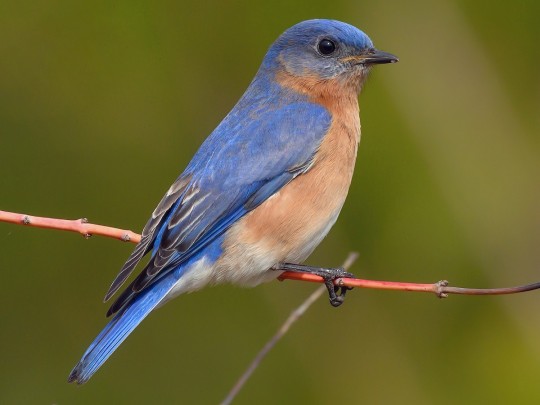
STATE BIRD: Eastern Bluebird (Sialia sialis), family Turdidae, order Passeriformes, found across much of the central and Eastern U.S., SE Canada, and NW Mexico
Changes in land use lead to drastic declines in Eastern Bluebirds after the early 1900s. They have recovered in many places, due to "bluebird trails", reestablishing appropriate habitat and nest box campaigns for public and private property.
Find out more: NestWatch | Eastern Bluebird - NestWatch
Blue birds are in the thrush family, Turdidae, along with American Robins.
They eat mainly worms, insects, and other small invertebrates (but also take berries for part of the year).
Bluebirds are cavity nesters, nesting in tree holes usually, but will readily take to properly constructed and placed nest boxes.
Males (pictured) are brighter blue, and females are a more muted and faded blue or bluish gray.
photograph by Keith Kennedy

STATE AQUATIC ANIMAL: American Paddlefish (Polyodon spathula), family Polyodontidae, order Acipenseriformes, found in various parts of the Mississippi River basin
This species is the only member of this family that still exists. They are most closely related to sturgeons. This order, Acipenseriformes, is considered one of the most evolutionarily primitive groups of ray finned fishes.
They do not have scales, and their skeleton is mostly cartilaginous.
They are filter feeders. Their heads and rostrums are covered with thousands of sensory receptors, which help them locate zooplankton swarms.
They are considered "vulnerable" due to overfishing, habitat degradation and destruction, and pollution.
photograph via: US Fish & Wildlife Service
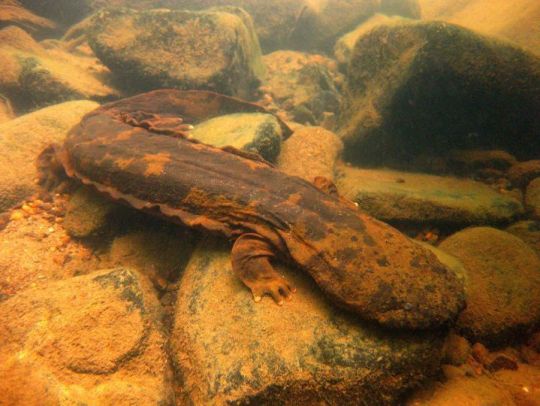
STATE ENDANGERED ANIMAL: Eastern Hellbender (Cryptobranchus alleganiensis), family Cryptobranchidae, eastern United States
The largest salamander in the Americas, it grows to a total maximum length of up to 40 cm (15.7 in).
Though nationally it is considered to be just "vulnerable", in some states (like Missouri), it is "endangered".
photograph by Mark Tegges

STATE REPTILE: Three-toed Box Turtle (Terrapene triunguis), family Emydidae, found in the South-central and Southeastern U.S.
This specie shas been considered to be a subspecies of the Eastern Box Turtle, T. carolina (and still is by some herpetologists).
These turtles are terrestrial, but are not closely related to tortoises. They are in the same family as aquatic sliders, pond turtles, cooters, map turtles, and painted turtles.
photograph by Noppadol Paothong
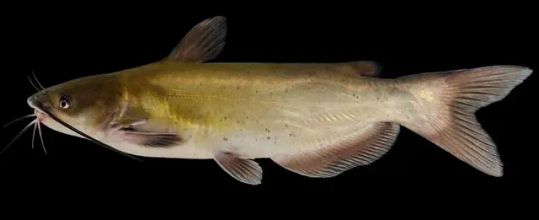
STATE FISH: Channel Catfish (Ictalurus punctatus), family Ictaluridae, order Siluriformes, found in freshwater habitats in the eastern and southern US, southern Canada, and northern Mexico
They are widely caught, and have been introduced into waterways in other parts of North America and around the world. (In some places they are considered an invasive species).
photograph via: Missouri Dept. of Conservation

photograph by Brian.gratwicke
#Acipenseriformes#paddlefish#fish#ichthyology#box turtle turtle reptile#herpetology#bluebird#thrush#bird#ornithology#north america#hellbender#salamander#amphibian#animals#nature#catfish
177 notes
·
View notes
Text
Big week for news about “mountain lions wandering back into historic habitat where they were once persecuted to extinction” in February 2023.
---
Central Texas:

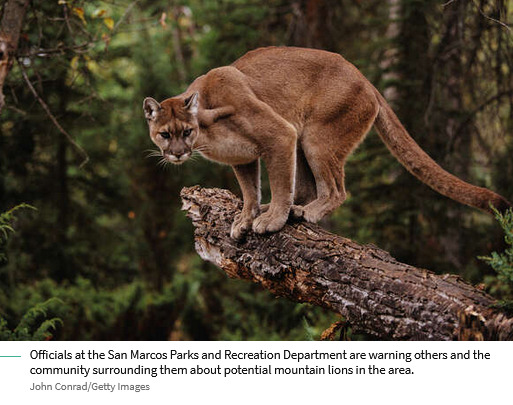
Headline and screenshots from: Priscilla Aguirre. “Potential mountain lion sighting in San Antonio area raises awareness.” My San Antonio. 14 February 2023.
Excerpt from this article: Officials at the San Marcos Parks and Recreation Department are asking others and the surrounding areas to be cautious about potential mountain lions in Central Texas. Officials said the message comes after the department received a call about a potential sighting of a mountain lion at Upper Purgatory Creek Natural Area in San Marcos on Sunday, February 12. [...] In Central Texas, it’s extremely rare to see a mountain lion in person, according to a report from the San Antonio Express-News. [...] Only one mountain lion has been confirmed in Bexar County in the past decade, on November 24, 2013, according to TPWD. [End of excerpt.]
---
Great Plains and Nebraska:

Headline and screenshot from: Damon Bennett. “Nebraska mountain lion now looking for a name after 700-mile journey.” Lincoln Journal-Star. 16 February 2023.
Excerpt from this article: A Nebraska mountain lion that found itself in a sanctuary in Indiana after a 700-mile journey through four states is now looking for one last souvenir: a name. Back in the fall, the big cat made its way from the scenic Niobrara River valley all the way to suburban Springfield, Illinois, according to the GPS tracker that Nebraska Game and Parks had tagged it with a year prior. "A lot of people were watching him," said [the director of an “exotic feline rescue center”] in Center Point, Indiana, where the mountain lion has been since October. When the lion overstayed its welcome near Springfield, it was sedated by federal wildlife officials, who offered to return it to Nebraska. Nebraska declined.’ [...] "I'm incredibly impressed with this animal; he crossed both the Missouri and Mississippi rivers [...]." [End of excerpt.]
---
Ozarks and Missouri:

Headline and screenshot from: Julia Wilson. “Mountain lions in Missouri? We’re seeing more than usual this winter.” Columbia Missourian. 16 February 2023.
Excerpt from this article: Footage from a trail camera taken Jan. 3 confirmed that a roaming mountain lion made a rare appearance in northern Boone County. Since then, the Missouri Department of Conservation documented three additional sightings around the state last month — one in Callaway County, another in Montgomery County and a third that was hit by a vehicle south of St. Louis. Reports of mountain lions, also known as cougars, pumas and panthers, have increased over the past decade in the state. Between 2013 and 2022, a total of 65 were counted around Missouri. Compare that to the years between 1994 and 2006, when only 12 were spotted. [...] The animals may come from an established colony in the Black Hills, cross Nebraska and wander into Missouri, according to the Kansas Department of Wildlife and Parks. Missouri’s extensive forest coverage, which includes 35% of state acreage, then becomes an ideal destination for the animals. Mountain lions have roamed Missouri since pre-settlement times. Their range crosses the western hemisphere from Canada to southern Chile. [...] Although they are seen across the state, over half of all sightings have been documented within 40 miles of Mark Twain National Forest in southeast Missouri. [...] Trophy hunting by early colonists wiped out most of the population east of the Mississippi River. [...] Except for the recent encounter in Franklin County where a lion was hit by a vehicle, the last documented human contact occurred in December 2021 during another vehicle collision. [End of excerpt.]
---
For reference:

205 notes
·
View notes
Photo
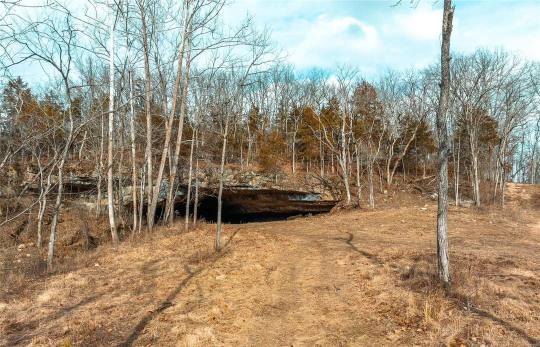
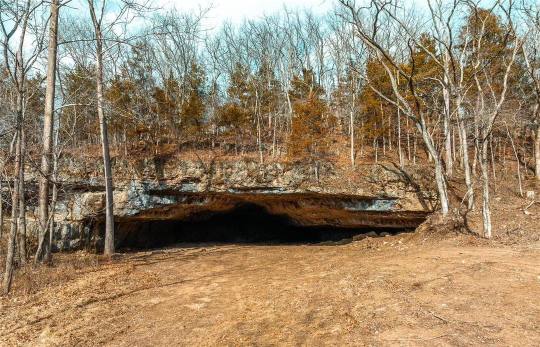

Well, we missed out again! This property is under contract, already, and it’s a cool cave. It’s in Rolla, Missouri, an Ozark treasure called the Holler Cave, and it’s on 80 acres of land for $289K.
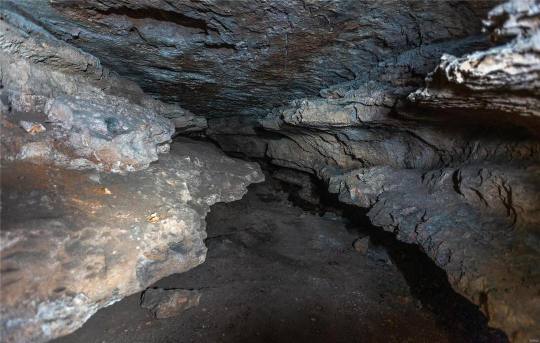
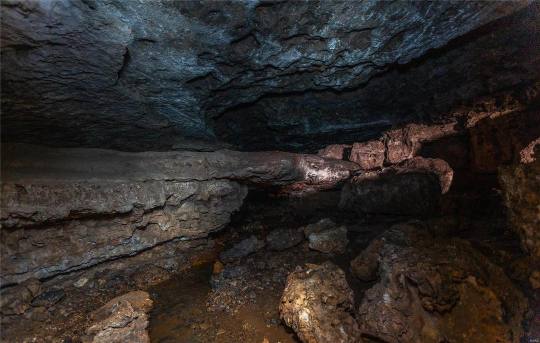
When you enter the mouth of the cave you walk along a spring branch.


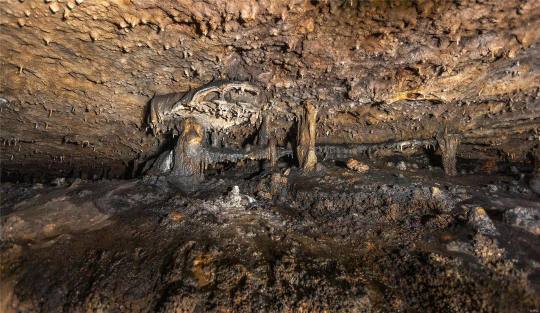
Then past several stalactites & stalagmites, and you’ll hear a roar.


It’s an underground waterfall. Wouldn’t this make the coolest water feature?

There’s some dripping from the ceiling.
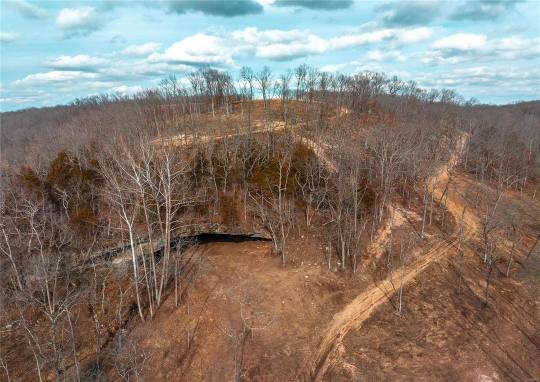
Locals say that this was once a popular place for dances, & because of the cool air coming out, it was also perfect for 4th of July picnics & parties.


The 80 acre tract is just half a mile off Historic Rts. 66 & I44.
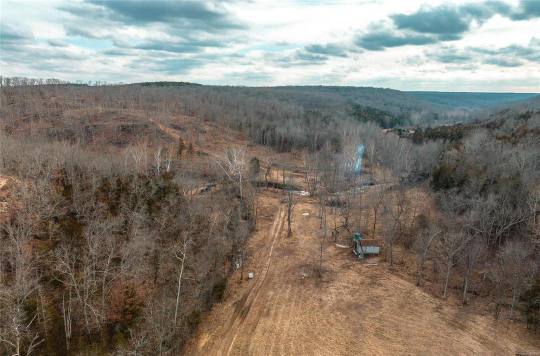
Electric & a well are already in place and it’s bordered on 2 sides by Mark Twain National Forest.
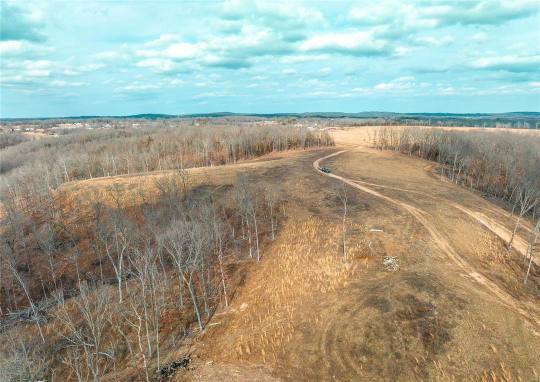
This wooded property has amazing building sites whether you like a private secluded holler or a cleared off hilltop with a view that you can see for miles.


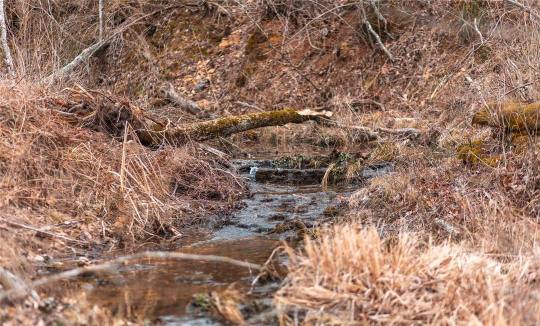
There are 2 year-round creeks that flow through the property, one of which is fed by the spring from the cave.

And, it’s just 7mi from the Gasconade River. I bet some developer bought it.
https://www.zillow.com/homedetails/0-Pool-Holler-Cave-Rd-Rolla-MO-65401/2059407027_zpid/
153 notes
·
View notes
Text
Prairie Days
Originally posted on my website at https://rebeccalexa.com/prairie-days/.
I’m in the middle of my fall peregrinations, currently staying with family in the Missouri Ozarks as my base of operations while I do some exploring of the area, and get up to my preferred flavor of trouble. Which, of course, includes volunteering.

Ozark Rivers Audubon Nature Center
I actually got to do a little back home at Willapa National Wildlife Refuge right before I left town. They’re doing some coast meadow habitat restoration at the South Bay Unit, and so a whole pile of us showed up Wednesday before last to spend a few hours digging up invasive plants cropping up in some patches that had been intentionally planted with natives like early blue violet (Viola adunca), yarrow (Achillea millefolium), and pearly everlasting (Anaphalis margaritacea). I confess I didn’t get any pictures because I was A) pretty preoccupied with the upcoming trip, and B) nothing makes me zone out more than sitting with a trowel digging up weeds for hours at a time. By the time I get back the “nice” weather (aka warm and sunny) will likely be done for the year, but I’m hoping for more opportunities to get back out there.
But that certainly wasn’t the end of my habitat restoration efforts for the month.
For the past couple of years, every time I come into Rolla, MO I stop at the Ozark Rivers Audubon Nature Center to see if they have any upcoming stewardship activities. They’ve done a beautiful job of restoring the remnant tallgrass prairie and oak savanna there and protecting the oak-hickory forest and that surrounds them, but invasive plants being what they are there are always more to be removed as the seed bank keeps new generations popping up.
This time around we were out in the prairie/savanna area with a bunch of folks from the officer training program down at Ft. Leonard Wood just down the highway. The objective was to remove as much of the autumn olive (Elaeagnus umbellata) as possible; this invasive shrub with a silvery underside to its green leaves can quickly shade out native prairie plants, and doesn’t offer local wildlife nearly as much food. Prescribed burns help knock it back, but some more resilient specimens manage to resprout, and of course there’s that pernicious seed bank in the soil.

Autumn olive
Most of these were much too large to simply pull up, so the most effective way to get rid of them was to go out in teams of two. One person uses loppers to cut the plant down as close to the ground as possible, and the other immediately dabs herbicide on the fresh stump, which then kills the roots and keeps the plant from regenerating. It’s a minimal use of the product when compared to spraying wide areas of foliage, and only treating the stump with a quick, targeted dab minimizes the chance of accidentally affecting surrounding native species. And since it doesn’t cause disturbance to the soil like digging would it’s less likely to stir up seeds that would then be even more likely to sprout.
I know herbicides are super controversial–they’re not my favorite thing either. But as I wrote in my chapbook Habitat Restoration: What It Is, Why It’s Important, and How to Get Started, judicious and careful use in habitat restoration is one of the few times I’m okay with it, and it’s about the only way to reliably get rid of some invasive plants permanently. Given that invasive species removal is one of THE best ways to make an ecosystem more resilient in the face of climate change, habitat restoration has to be a big priority now and going forward. While I am not ignorant of the environmental impact of routine overuse of herbicides in agriculture and yards alike, the targeted use of them in habitat restoration is definitely a “lesser of two evils” situation that deserves more nuance.
While autumn olive was the main target, we also managed to remove a few other pernicious invasives. Callery pear (Pyrus calleryana) was easy to spot with its leaves still bright green amid the various browns, golds, and reds of native vegetation. We also got rid of some privet (Ligustrum spp.), and a little Japanese honeysuckle (Lonicera japonica) winding its way through the meadow. While there’s still plenty to go around for the next volunteer crew, we did make a big dent in that area.

New England aster
It wasn’t just the invasive species in evidence, though; there were plenty of native plants to enjoy along the way. One of the most prominent was field goldenrod (Solidago nemoralis nemoralis), and while some had gone to seed others still had a touch of yellow. There was a splash of purple here and there from New England aster (Symphyotrichum novae-angliae), and delicate white snakeroot (Ageratina altissima) edged the treeline. Amid inland oats (Chasmanthium latifolium) and other native grasses, young northern red oaks (Quercus rubra) and white oak (Quercus alba) added splashes of scarlet. It was incredibly peaceful to be immersed in these beautiful species and more.
At a time when it’s all too easy to feel overwhelmed by the enormity of environmental devastation on multiple fronts, there is something empowering about getting my hands in the dirt, so to speak. No, removing some invasive shrubs from one remnant prairie won’t save the whole world. But it helps that ecosystem become more resilient, and gives the native species there a better chance. It also makes that place a better illustration of the grasslands that were much more common in this portion of the Midwest, and is an important reminder that it wasn’t always cornfields and cattle pastures.

Yarrow
On a microcosmic level, I just feel better after spending a few hours doing a little something good in the world. I felt better walking away knowing that native plants like this young yarrow I found beneath an autumn olive we removed will be more likely to thrive in the years ahead. I’ve absorbed some of the beneficial effects of being outside, too, and gotten a good bit of exercise at my own pace. And it’s good social time, too, in a setting that feels pretty darn comfortable, and we’re all united by a common interest in that moment. This is likely my last outdoor volunteer time of the year, but it was a great note to wrap things up on.
Did you enjoy this post? Consider taking one of my online foraging and natural history classes or hiring me for a guided nature tour, checking out my other articles, or picking up a paperback or ebook I’ve written! You can even buy me a coffee here!
#habitat restoration#invasive plants#invasive species#gardening#restoration ecology#ecology#herbicides#nature#environment#conservation#Missouri#Ozarks#prairie#tallgrass prairie#oak trees#oak#forest#wildflowers
34 notes
·
View notes
Text


@sock-ness-monster submitted: Very large spider just outside the Ozark National Forest, can't figure it out. My best guess is Hogna antelucana but I'm not super confident about it
WOLF TIME. She’s lovely. I think I agree with Hogna antelucana :)
173 notes
·
View notes
Text
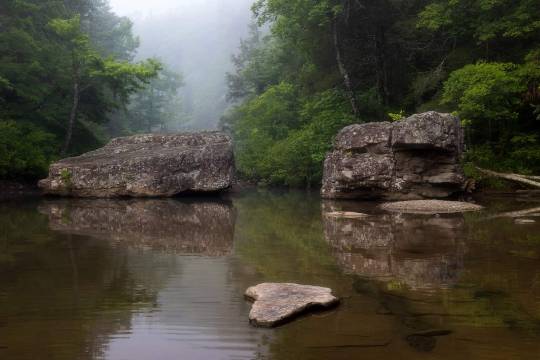
Anthony Crouch Photography
Falling Creek in the Ozarks National Forest
20 notes
·
View notes
Text
Explore the Natural Beauty: Places to Visit in Springdale, Arkansas
Springdale, Arkansas, a city nestled in the picturesque Ozark Mountains, offers a wealth of natural beauty, outdoor adventures, and cultural attractions. With its charming small-town atmosphere and a wide range of recreational activities, Springdale is an ideal destination for a springtime getaway. In this blog, we'll guide you through some of the must-visit places in Springdale, AR, to make the most of your visit.

Ozark National Forest:
Start your journey with a visit to the Ozark National Forest, which envelops Springdale in a sea of lush greenery. Spring is the perfect time to explore the forest's numerous hiking and biking trails. Whether you're a seasoned hiker or a beginner, there are trails suitable for every level of expertise. Don't forget your camera, as the forest boasts breathtaking vistas and waterfalls, such as Hawksbill Crag, which is particularly stunning when spring wildflowers are in bloom.
Botanical Garden of the Ozarks:
For a more tranquil experience, make your way to the Botanical Garden of the Ozarks. Spring is a time of rebirth here, with the gardens coming alive with colorful blooms and fragrant blossoms. Explore themed gardens, visit the butterfly house, or simply take a leisurely stroll among the serene ponds and fountains. This is an excellent spot for a family outing or a romantic walk with your significant other.
Shiloh Museum of Ozark History:
Delve into the rich history of the Ozarks at the Shiloh Museum of Ozark History. This captivating museum features exhibits and artifacts that showcase the cultural heritage of the region. You'll gain a deeper understanding of the people and events that have shaped Springdale and the surrounding area.
Lake Springdale:
As the temperatures start to rise in spring, consider spending a day at Lake Springdale. You can rent paddleboats, go fishing, have a picnic by the lake, or simply soak up the sun on its sandy shores. It's a great place for water sports, and the park surrounding the lake is perfect for family gatherings and outdoor fun.
Tontitown Winery:
Wine lovers will find Tontitown Winery to be a delightful stop on their Springdale journey. This charming winery offers tours and tastings, allowing you to savor locally produced wines and enjoy the serene vineyard setting. In the spring, the vineyards come to life with the budding vines, making it a beautiful place to unwind and appreciate the scenery.
Springdale Aquatic Center:
If you're visiting with family, the Springdale Aquatic Center is a fantastic option. It opens its doors in the spring, providing a safe and fun environment for kids and adults alike. The center features waterslides, a lazy river, and various pools for different age groups. It's the perfect place to cool off on a warm spring day.
Razorback Greenway:
For outdoor enthusiasts, the Razorback Greenway is a 36-mile long trail that connects Springdale to other nearby cities. Biking or walking along this scenic route during spring allows you to enjoy the budding foliage and experience the beauty of the region.
Springdale, Arkansas, has much to offer in the springtime, with its beautiful landscapes, cultural experiences, and recreational activities. Whether you're a nature lover, a history enthusiast, or simply seeking a peaceful escape, Springdale's attractions have something for everyone. So, plan your visit and immerse yourself in the beauty and charm of this captivating Ozark town. Don't forget to bring your sense of adventure and a camera to capture the memories you'll create in Springdale, AR.
If you want to explore Northwest Arkansas Real Estate then contact experts.
The Summit Home Team-Realtors
6801 Isaac's Orchard Rd Ste 213
Springdale, AR, 72762
(479) 351-0083
https://thesummithometeam.com/
2 notes
·
View notes
Text
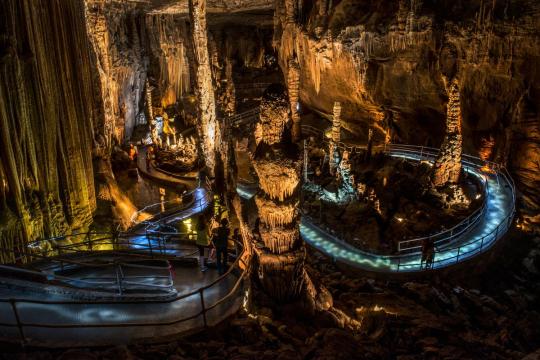
Blanchard Springs Caverns, Ozark National Forest
4 notes
·
View notes
Text



Round Top Mountain Trail, Ozark National Forest, Arkansas
#Mountains#Mountain#Forest#Arkansas#Ozark#Ozark National Forest#National Forest#Landscape#Hiking#Personal
14 notes
·
View notes
Text
SAM'S THRONE
Sam’s Throne is one of the most picturesque areas in the Arkansas Ozarks. It also has a strange history.
Sam’s Throne is one of the most picturesque areas in the Arkansas Ozarks. It’s located in the Ozark National Forest near the small town of Jasper, just off state highway 123 – possibly one of the most scenic roads in the state.
Sam’s Throne is a popular spot for photographers and with all the chickenheads and unique geological features, it’s also a popular spot for hikers, climbers, and campers.…

View On WordPress
2 notes
·
View notes
Conversation
U.S. Daily Precipitation Records Tied/Broken 10/16/22
Glennallen, Alaska: 0.5" (previous record 0.22" 1994)
Apache National Forest, Arizona: 0.8" (also 0.8" 2018)
Kaibab National Forest, Arizona: 0.5" (previous record 0.3" 1993)
Lost Dutchman State Park, Arizona: 0.7" (previous record 0.16" 1994)
Parker, Arizona: 0.24" (previous record 0.02" 1993)
Payson, Arizona: 1.26" (previous record 1.14" 1957)
Phoenix, Arizona: 0.32" (also 0.32" 1957)
Sunset Crater National Monument, Arizona: 0.9" (previous record 0.45" 1971)
Tonto National Bridge State Park, Arizona: 1.15" (previous record 0.75" 1957)
Unincorporated Yavapai County, Arizona: 1.2" (previous record 0.63" 1993)
Unincorporated Yavapai County, Arizona: 0.32" (previous record 0.23" 1962)
Ozark National Forest, Arkansas: 2.8" (also 2.8" 2006)
Perry, Arkansas: 1.43" (previous record 1.4" 1967)
Anaheim, California: 0.16" (previous record 0.03" 1993)
Unincorporated Riverside County, California: 0.64" (previous record 0.53" 2015)
Unincorporated Riverside County, California: 0.43" (previous record 0.24" 2015)
San Juan National Forest, Colorado: 0.5" (also 0.5" 1998)
Unincorporated Clark County, Nevada: 0.02" (also 0.02" 2006)
Deming, New Mexico: 0.51" (previous record 0.03" 2018)
Pecos Wilderness, New Mexico: 1.2" (previous record 1" 1994)
Unincorporated Socorro County, New Mexico: 0.77" (previous record 0.67" 1985)
Truth Or Consequences, New Mexico: 0.46" (previous record 0.32" 1960)
Apache, Oklahoma: 2.22" (previous record 1" 1913)
Burns Flat, Oklahoma: 0.82" (previous record 0.67" 1998)
Duncan, Oklahoma: 2.41" (previous record 1.73" 1981)
Elmore Township, Oklahoma: 1.37" (previous record 0.78" 1947)
Lawton, Oklahoma: 2" (previous record 1.75" 2006)
Colosó, Puerto Rico: 2.83" (previous record 2.45" 1956)
Esperanza, Puerto Rico: 2.42" (previous record 2.22" 1989)
Unincorporated Cooke County, Texas: 1.79" (previous record 1.42" 2006)
Muleshoe National Wildlife Refuge, Texas: 0.52" (previous record 0.5" 2006)
#Storms#U.S.A.#U.S.#Puerto Rico#1980s#1950s#Arizona#1990s#1960s#1970s#Arkansas#Nevada#New Mexico#Oklahoma#1910s#1940s#Texas#Alaska#Colorado#Crazy Things#Awesome
2 notes
·
View notes
Text
i had a break between classes so i WAS going to organize my grocery list but guess what i didn't do 🙃🙃 i did however see how long it would take to travel to the ozark national forest, you know, in case i ever wanted to visit
2 notes
·
View notes